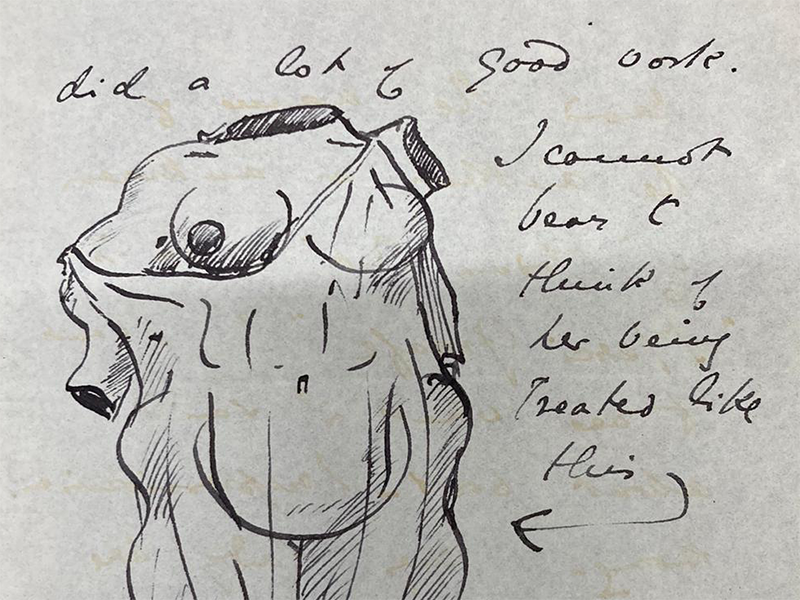
Image credit: Wikimedia / York Museums Trust.
Restitution and repatriation of objects looted (from the Hindi lūṭ, or ‘to rob’) by European imperial powers has been a key aim of decolonisation campaigns across the planet, with the focus on pressuring European countries like Britain and France to return stolen colonial items to their home countries. Tracing the afterlives of colonial statues, however, reveals a different and little-known history of repatriation: that of colonial statues themselves. This blog post is about the history of Britain’s attempts to recover and repatriate statues from its former colonies as imperial rule began to crumble.


